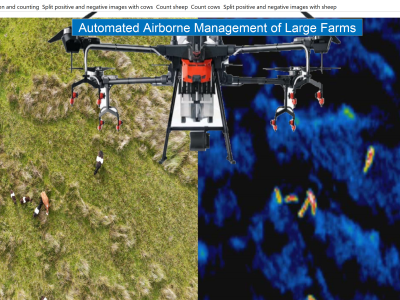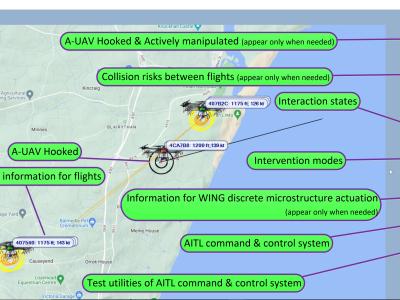Airborne Vision-Based Remote Sensing Imagery Datasets From Large Farms Using Autonomous Drones For Monitoring Livestock

- Citation Author(s):
-
David Jones (University of Central Lancashire)
- Submitted by:
- Kaya Kuru
- Last updated:
- DOI:
- 10.21227/765q-1q97
Abstract
The high mobility of UAVs combined with a high level of autonomy, sensor-driven technologies and AI decision-making abilities can provide many advantages to farmers in exploiting instant information from every corner of a large farm. The key objectives of this research are to i) explore various drone-mounted vision-based remote sensing modalities, particularly, visual band sensing and a thermal imager, ii) develop UAV-assisted autonomous PLF technologies and ii) collect data with various parameters for the researchers to establish further advanced AI-based approaches for monitoring livestock in large farms effectively by fusing a rich set of features acquired using vision-based multi-sensor modalities. The collected data suggest that the fuse of distinctive features of livestock obtained from multiple sensor modalities can be exploited to help farmers experience better livestock management in large farms through PLF.
Instructions:
In this report, livestock imagery datasets acquired from large farms using UAV-assisted multiple sensor modalities, particularly, visual band sensing and thermal imagers, are presented for researchers who can fuse these datasets using their bespoke applications to establish further advanced AI-based approaches to monitor livestock in large farms effectively.
 352 views
352 views










